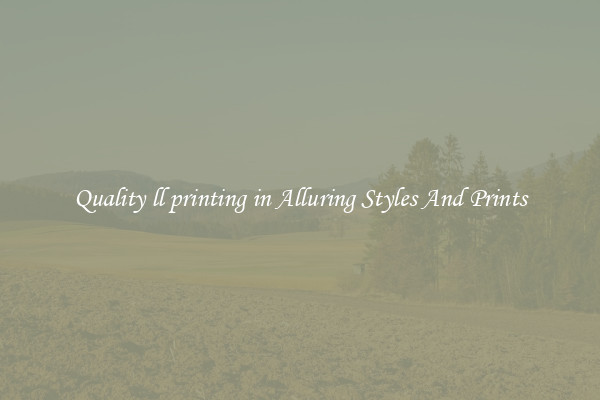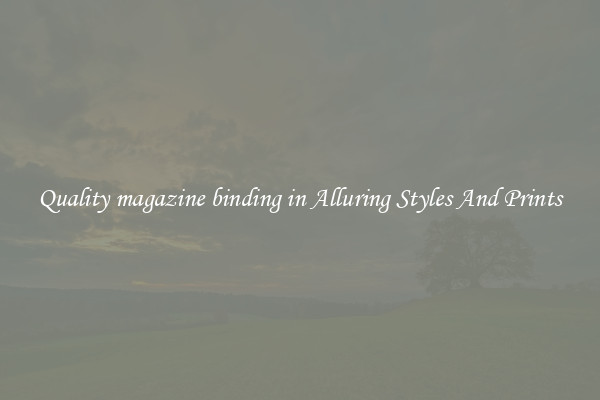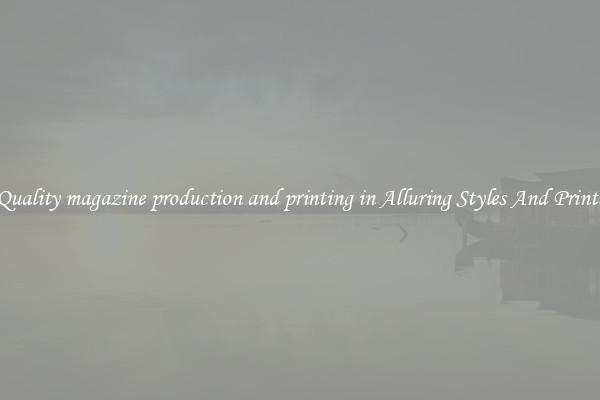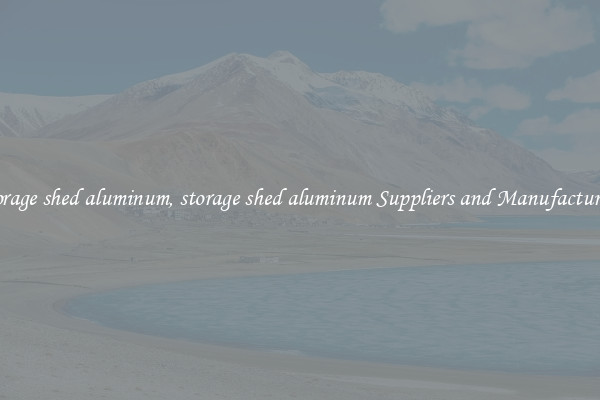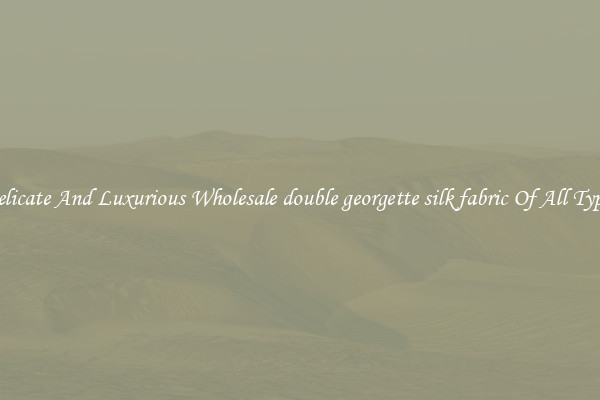Quality get books printed and bound in Alluring Styles And Prints
Quality is paramount when it comes to printing and binding books. It not only enhances the reading experience but also adds value to the book as a whole. Whether it's a novel, a textbook, or a coffee table book, the printing and binding process play a vital role in creating an alluring final product.
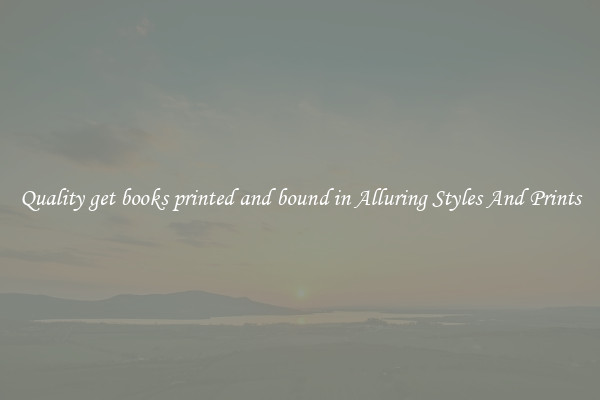
When it comes to printing, it is essential to choose a method that reproduces images and text with the highest level of detail and accuracy. Offset printing is often preferred for its ability to deliver sharp, vibrant colors and clear text. This technique uses inked plates that transfer the image onto the paper, resulting in high-quality prints that are visually pleasing.
Another important aspect to consider is the choice of paper. The type of paper used can greatly impact the overall look and feel of a book. There are various options to choose from, such as matte, glossy, or textured paper. Each type has its own unique appeal and can enhance the visual appeal of the book in different ways. For example, a coffee table book with glossy pages can make the images pop, while a novel printed on matte paper creates a more subtle and refined aesthetic.
In addition to high-quality printing, the binding process is crucial in ensuring the durability and aesthetic appeal of a book. The choice of binding method will depend on factors such as the book's size, purpose, and expected usage. Some popular binding methods include perfect binding, spiral binding, and hardcover binding.
Perfect binding is commonly used for paperback books. It involves gluing the pages together and attaching a cover to the spine. This method allows for a clean and professional finish that is both sturdy and visually appealing.
Spiral binding, on the other hand, is ideal for books that need to lie flat when opened, such as notebooks or manuals. This method involves punching holes along the edge of the pages and then threading a plastic or metal coil through them. Spiral binding offers flexibility and ease of use while still maintaining a neat and polished appearance.
For books that require a touch of luxury and sophistication, hardcover binding is the way to go. This method involves sewing or gluing the pages together and attaching a hardcover made of thick, durable material. Hardcover books not only have a timeless appeal but also provide added protection to the pages, ensuring that the book can be enjoyed for years to come.
In conclusion, getting books printed and bound in alluring styles and prints is essential for creating a high-quality product that captivates readers. Quality printing techniques, such as offset printing, combined with the choice of the right paper, can enhance the visual appeal of a book and bring the author's vision to life. Additionally, the binding process plays a crucial role in ensuring the book's durability and aesthetic appeal. Choosing the right binding method, whether it's perfect binding, spiral binding, or hardcover binding, adds the finishing touches to a well-crafted book that will leave a lasting impression on readers.

View details
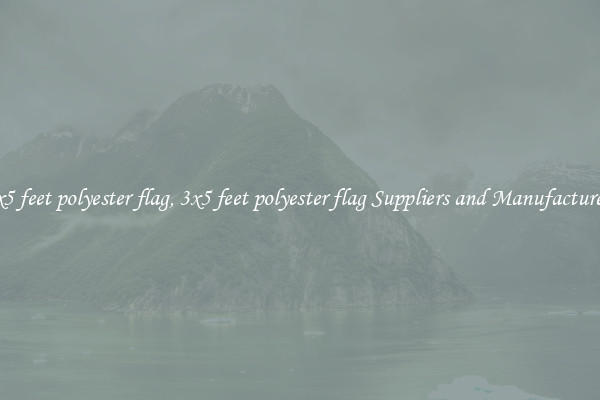
View details

View details

View details
